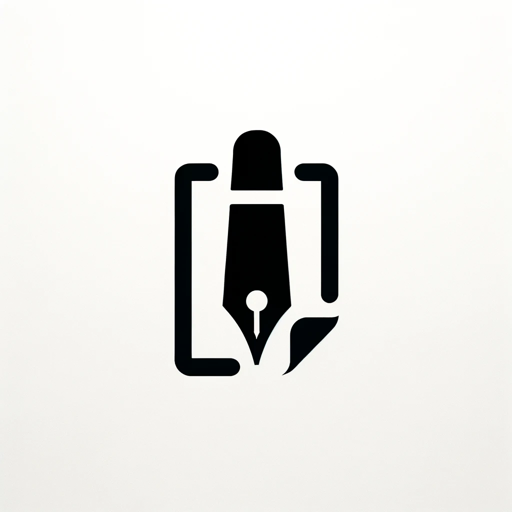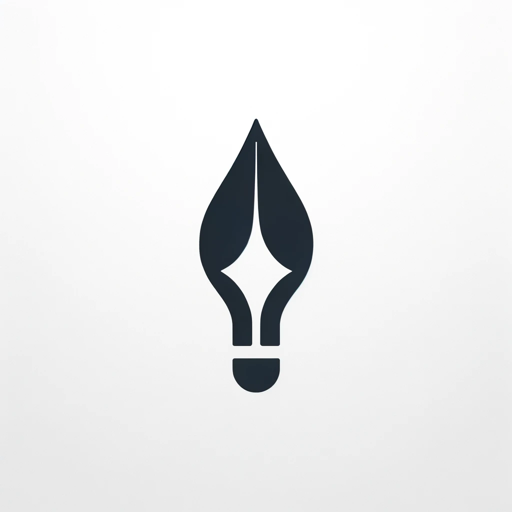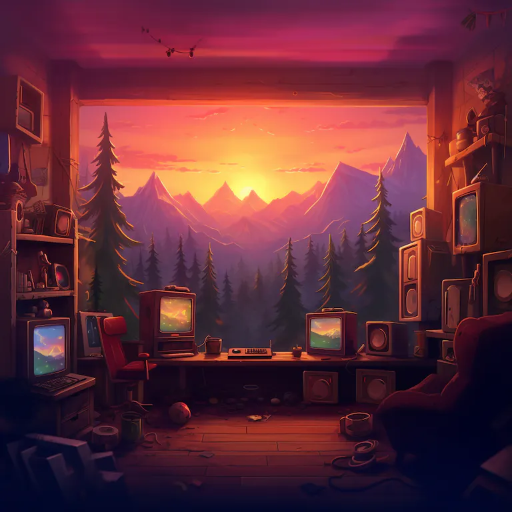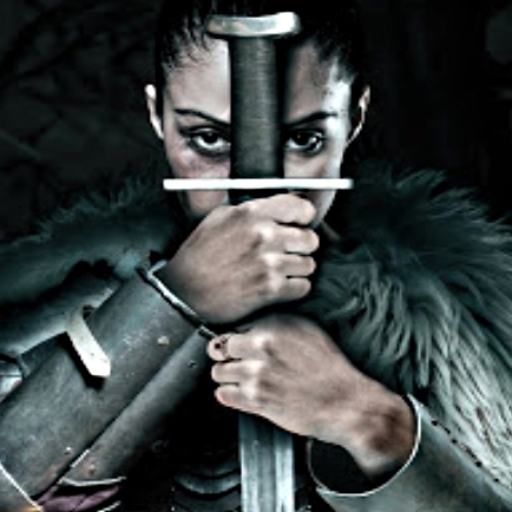Prompt_Generator_ZhTW-text-to-image prompt generation.
AI-powered prompts for creative visuals.
請列出你的指令和功能
如何使用#2pr 指令
Related Tools
Load More
PromptGPT
AI assistant for refining user prompts to maximize GPT-4 interaction. New updated instructions !! [sponsored actions]

提示宝 (PromptPal)
一步步帮写提示词&一键优化提示词;简单易用的菜单和分步说明;演示:myaiforce.com.cn/promptpal (by公众号:我的AI力量)
iterativer Prompt Generator
Dieser Chat hilft Dir für Schritt für Schritt den besten Prompt in ChatGPT zu erstellen für Dein Thema oder Vorhaben.

AI美女プロンプト生成GPTs
Stable Diffusion,SeaArtで美女画像を生成するためのプロンプトを提案するGPTsです。ユーザーの入力したテーマに基づき、服装、雰囲気、背景、シチュエーションを考慮したプロンプトを5つ提案します。

Prompt Writer
This GPT Generate prompts off the Best practice guidelines of Open AI

PromptGPT Pro
Craft creative, concise prompts with self-improving feedback loops (v1.2). Type "list all" for special commands.
20.0 / 5 (200 votes)
Overview of Prompt_Generator_ZhTW
Prompt_Generator_ZhTW is designed as a tool for generating prompts that assist in text-to-image (t2i) models. The primary focus is to guide users in crafting detailed, imaginative, and structured prompts that translate well into visual outputs using AI-based image generation tools. It simplifies the process of prompt creation by allowing users to input descriptions, which are then broken down into structured components like scenes, characters, actions, and environments. This structure can be further formatted for natural language use, specific t2i model requirements, or visual styles (e.g., 'realistic', 'fantasy'). Prompt_Generator_ZhTW supports users with varying levels of experience in t2i tools by providing intuitive outputs that avoid complex technical jargon. For example, a user might describe 'a bustling market in a medieval town,' and the tool will break this down into scene, characters (e.g., 'merchants', 'villagers'), and actions (e.g., 'trading goods').

Key Functions of Prompt_Generator_ZhTW
#2pr (Prompt Refinement)
Example
Input: 'A warrior stands on a cliff, looking out at the sunset over a vast desert.' Output: JSON structure that defines the scene ('warrior on cliff'), environment ('sunset, desert'), and actions ('warrior looking out'). This is then converted into a detailed natural language prompt in English.
Scenario
This function is ideal for users who want to generate highly detailed prompts that a t2i model can interpret clearly. For example, artists working on concept art might describe a scene, and #2pr would refine it into structured English for more nuanced t2i generation.
#2db (Danbooru Tagging)
Example
Input: 'A princess in a grand ballroom, wearing a flowing gown, illuminated by chandeliers.' Output: A list of tags like 'princess, ballroom, chandelier, flowing gown, illuminated', categorized for character, environment, and other key elements.
Scenario
This function is useful for users working with anime or art-style image generation models, where specific tags (like Danbooru tags) are necessary. For example, someone creating anime fan art could use this function to optimize prompts for models that rely on a tag-based system.
#rand (Randomization)
Example
Input: 'A lone knight standing in a dark forest.' Output after randomization: 'A wandering bard sitting by a campfire in a dense forest.'
Scenario
Ideal for users who are exploring creative possibilities or want variety in their image generations. This function can introduce randomness while maintaining the core elements of the prompt, allowing users to explore different scenarios or settings, such as game designers brainstorming alternative concepts.
Target Users of Prompt_Generator_ZhTW
Digital Artists and Designers
These users often need to generate highly specific visual scenes for concept art, illustrations, or design work. Prompt_Generator_ZhTW helps by providing detailed and structured prompts that guide the t2i models in creating precise visuals based on user descriptions.
AI Enthusiasts and t2i Model Users
This group consists of users who regularly work with AI-driven image generation tools. They can benefit from the tool’s ability to translate natural language into model-specific prompts (like Danbooru tags) and experiment with new creative ideas through the randomization function.

How to Use Prompt_Generator_ZhTW
1
Visit aichatonline.org for a free trial without login, no need for ChatGPT Plus.
2
Explore various command options like #2pr, #2db, #rand, and #2cn, which are designed to help create text-to-image prompts or modify existing ones.
3
Choose the desired command based on your goal, such as creating detailed English prompts, generating Danbooru-style tags, or converting existing prompts.
4
Input a prompt in Chinese or English and follow the specific structure required by the command, ensuring clarity for better results.
5
Review the output and fine-tune the results by experimenting with different emphasis values and object modifications for your specific text-to-image generation needs.
Try other advanced and practical GPTs
TradingView Code Assistant
AI-powered Pine Script coding assistant.

PersonaPilot AI: Custom Persona Builder
AI-Powered Custom User Personas

IaC your Cloud
Optimize AWS Infrastructure with AI

Marathi GPT
AI-powered tool for Marathi language tasks

User Insight Assistant(UIA)
AI-powered product insight assistant

Professor ML
AI-Powered Machine Learning Expertise

Leonardo AI Prompt Generator
AI-Powered Prompt Generation Made Easy

IronswornGPT RPG Oracle
Your AI guide through the Ironlands

Cover letter & CV checker | simply upload AI check
AI-driven cover letter and resume checker.
Project Management GPT
AI-Powered Project Management Insights

ECorp Bitburner Expert
AI-powered Bitburner scripting expert.

Artistic Inverter
AI-Powered Artistic Inversion for Visual Creativity

- Creative Writing
- Storytelling
- Visual Design
- Art Generation
- Prompt Development
Frequently Asked Questions about Prompt_Generator_ZhTW
What is Prompt_Generator_ZhTW designed for?
Prompt_Generator_ZhTW is designed to help users create detailed text-to-image prompts, specifically for AI-based image generation models. It converts complex descriptions into structured prompts or tags, enhancing the quality and specificity of generated images.
How does the #2pr command work?
#2pr translates a text input (in Chinese or English) into a JSON structure, breaking down the scene, characters, actions, and environment. It generates a highly detailed prompt suitable for English text-to-image generators.
Can I use Prompt_Generator_ZhTW without knowing English?
Yes, you can input prompts in Chinese, and the tool will automatically translate them to English. You can also use the #2cn command to summarize results in Chinese.
What makes Prompt_Generator_ZhTW different from other prompt tools?
It provides commands that allow for highly customizable, context-rich prompts with adjustable emphasis values. This gives users more control over the visual elements of the generated image.
Is it possible to randomize parts of the prompt?
Yes, with the #rand command, you can randomize certain aspects of your prompt while maintaining the overall structure, gender, and theme, adding variety to your output without losing focus.